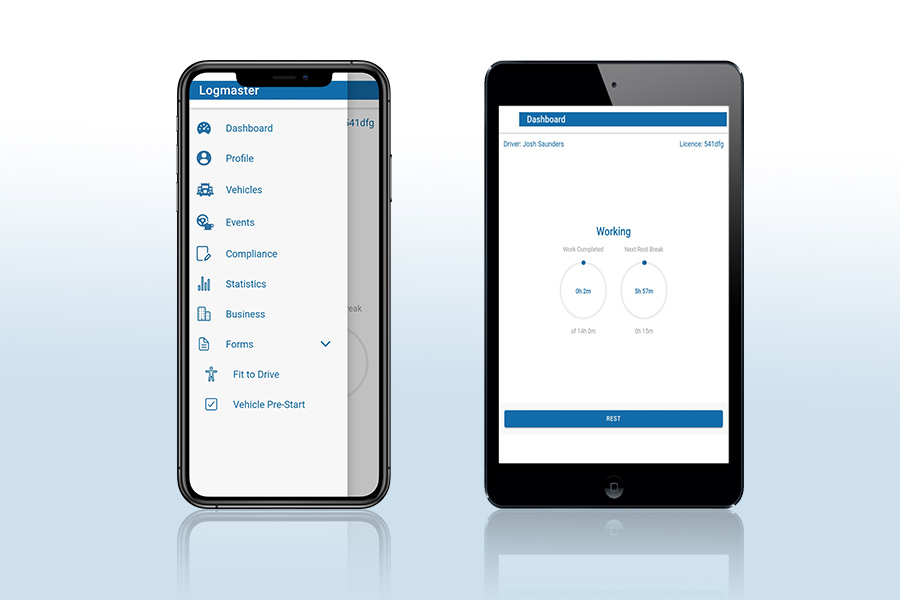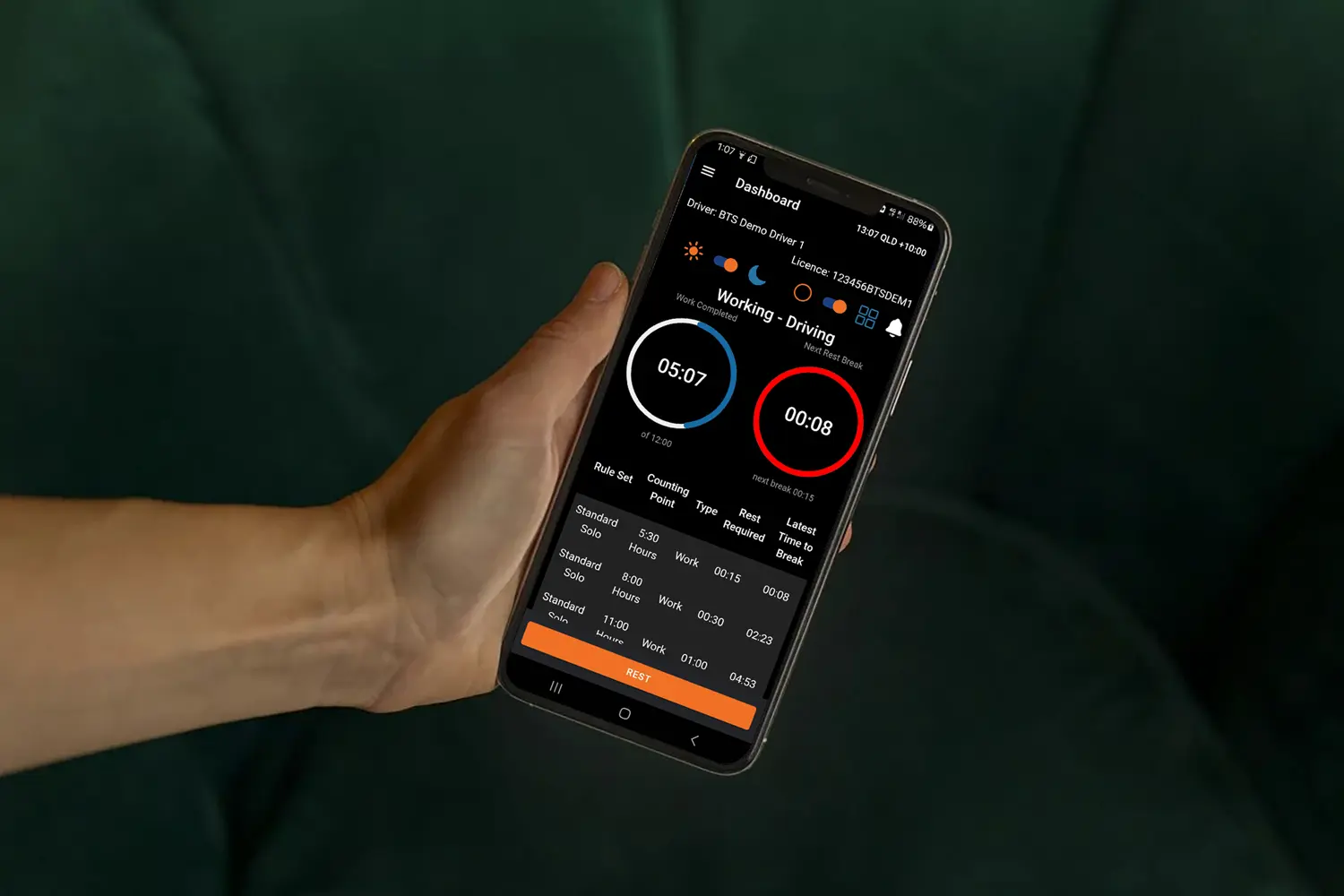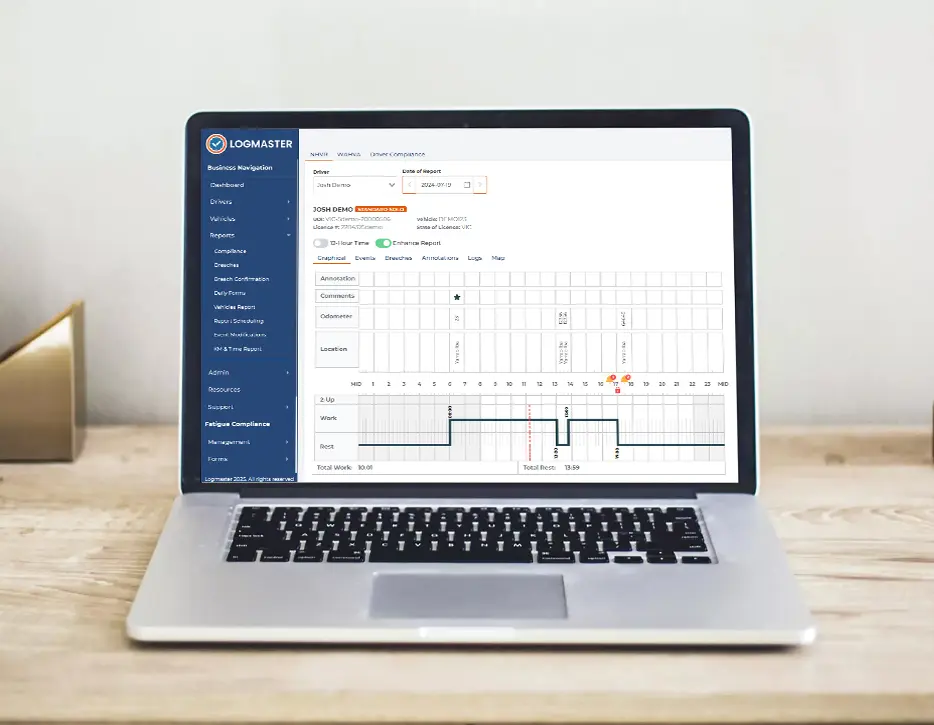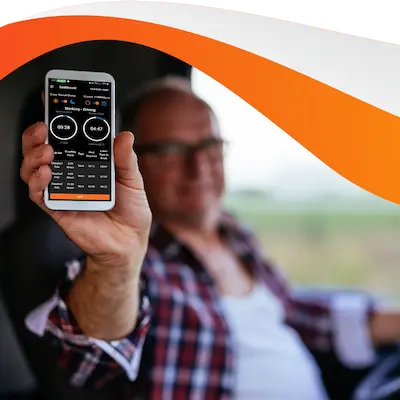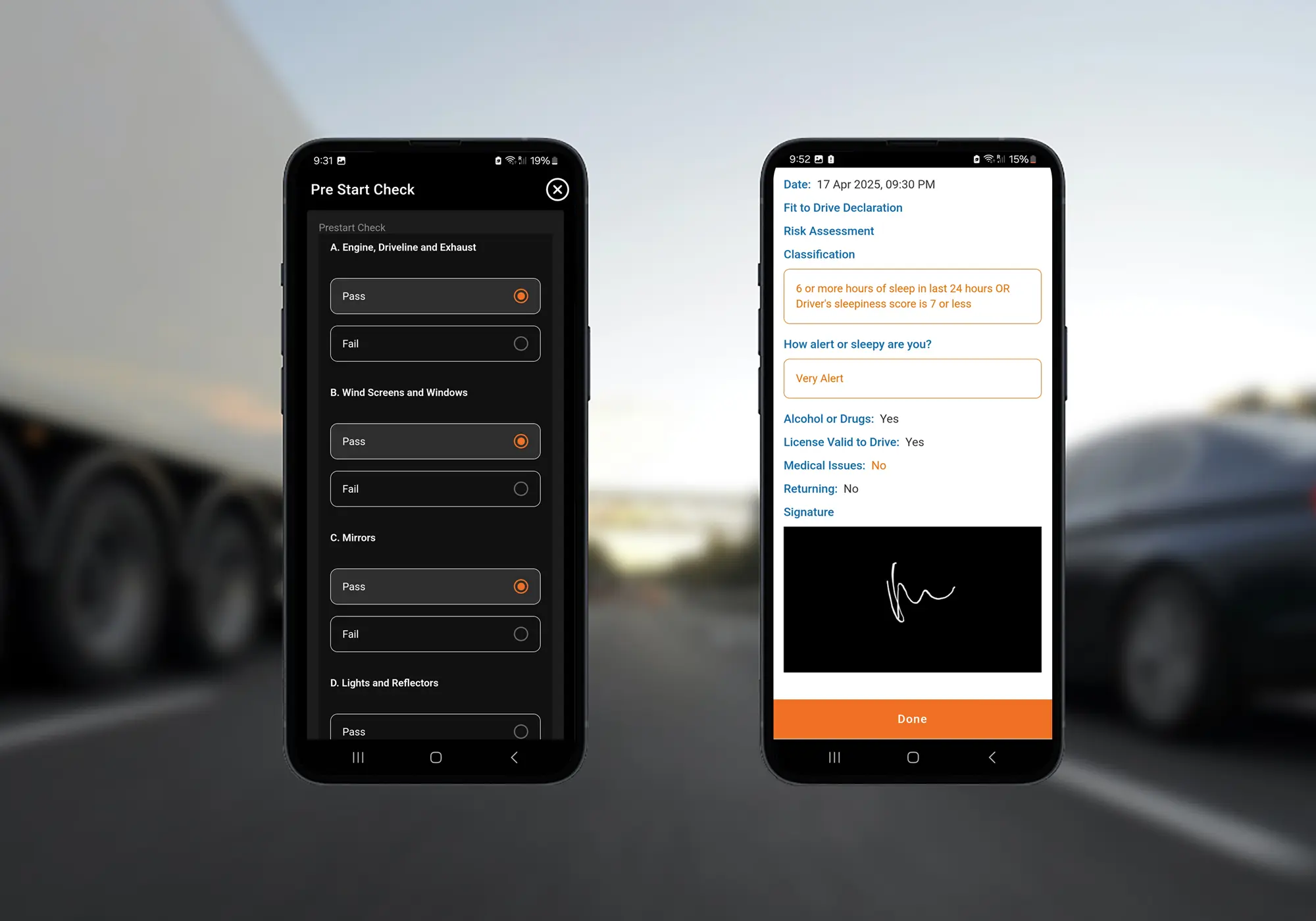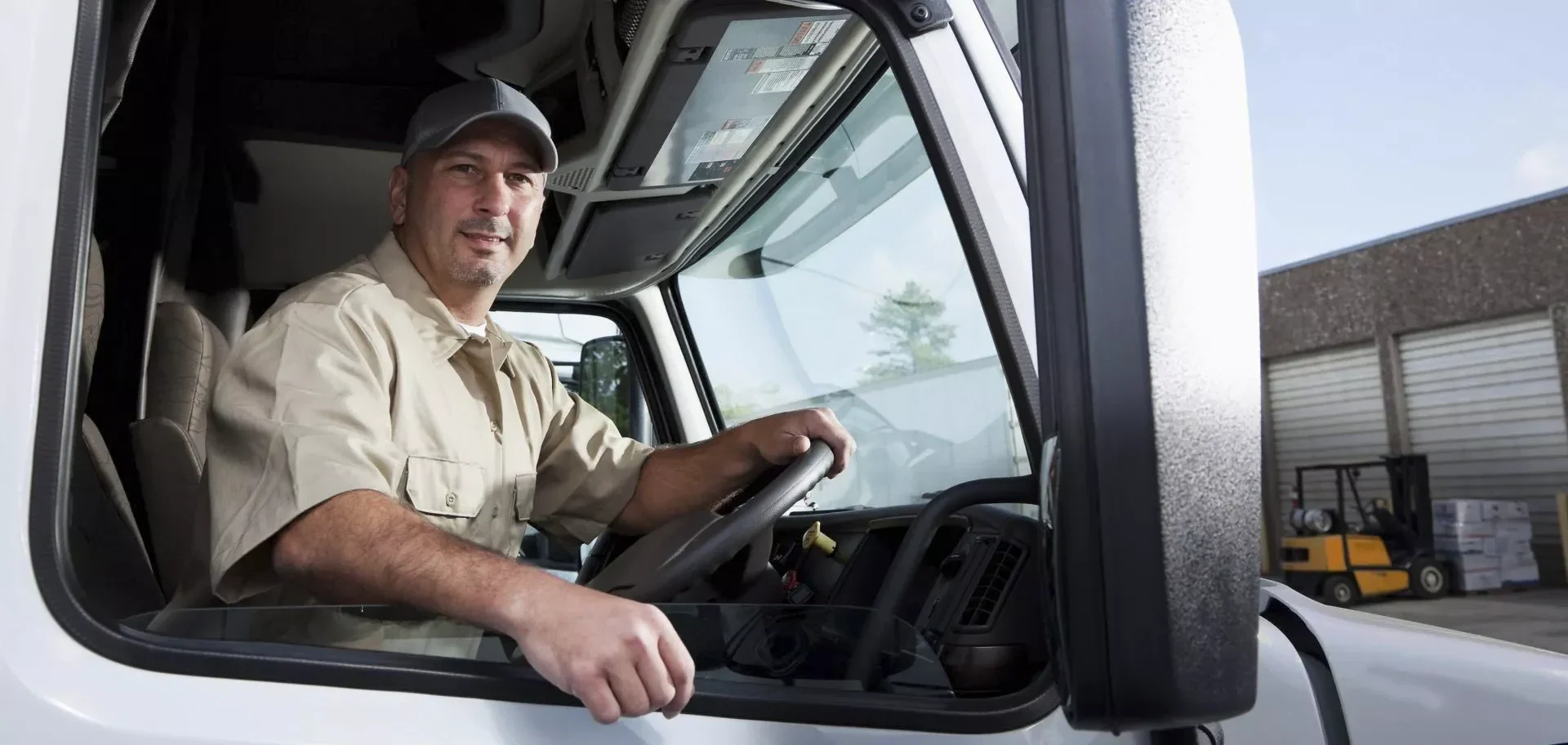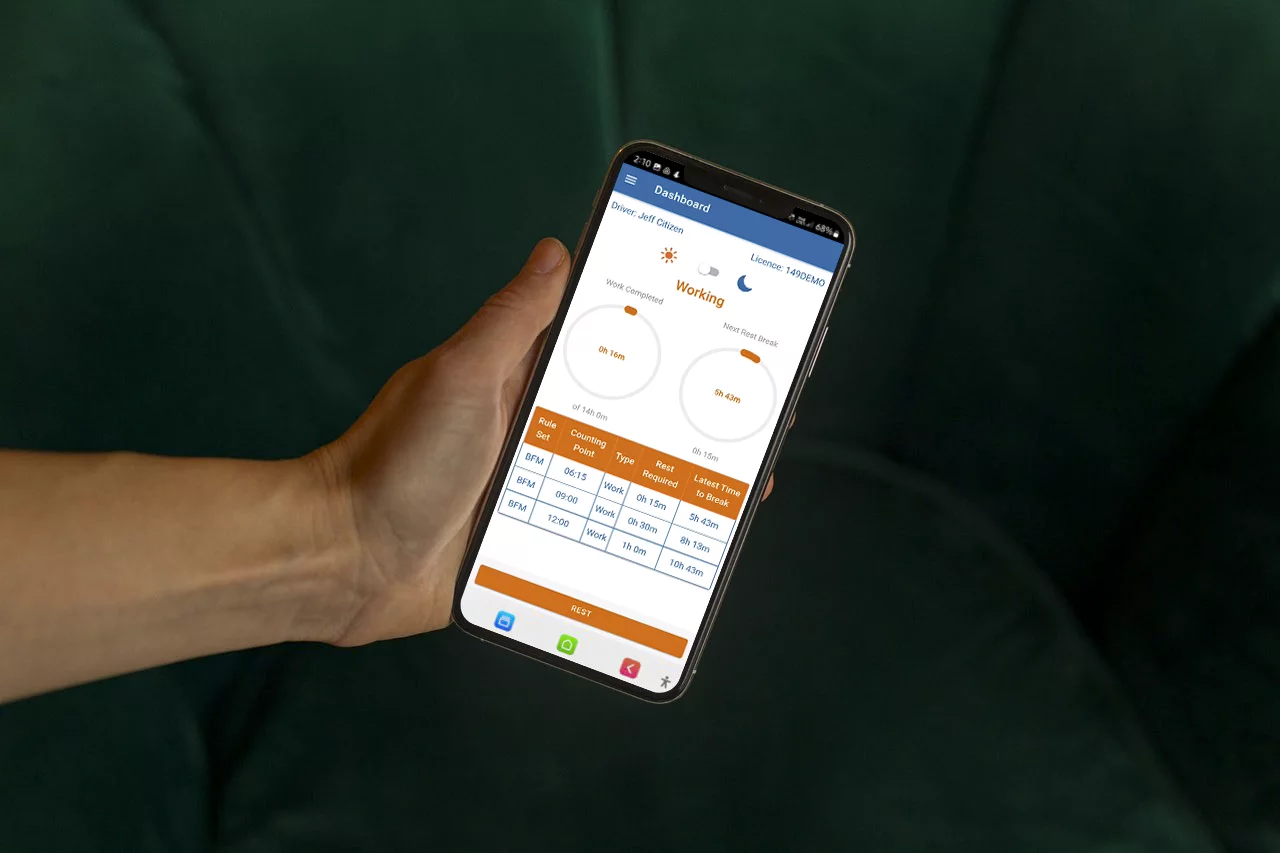Sometimes, drivers using the Logmaster app notice that the suburb listed isn’t exactly the one they expected. Maybe you’re pulled up in Minto and it says Ingleburn—or vice versa. We get it, and you’re not alone.
The reason behind this isn’t a bug in the app or anything wrong with your phone. It comes down to how GPS works—and understanding GPS drift helps explain why this happens and why it’s perfectly normal.
How GPS Works (in Plain English)
GPS stands for Global Positioning System. It uses a network of about 30 satellites that orbit the Earth. These satellites are about 20,000 kilometers up in space, and they constantly send timing signals down to Earth. Your phone or tablet picks up these signals and calculates where you are based on how long they take to arrive.
These satellites aren’t just thrown up there. They’ve been carefully placed by space agencies like NASA and others, and they’re adjusted to account for things like Einstein’s theory of relativity (yep, really). Because of how far away they are and how fast they move, even the tiniest difference in time can affect your position on Earth by a few meters.
So What Is GPS Drift?
GPS drift means that even though the GPS system is very accurate overall, your location can move slightly or land just off from where you really are. This can happen for lots of reasons:
– You might be near the edge of two suburbs
– Your phone might briefly lose signal
– Tall buildings, heavy clouds, or certain terrain might interfere
– The device may use a mix of satellite and mobile data to guess where you are
This is normal and happens to every GPS system—not just Logmaster. It’s the same whether you’re using Google Maps, a car GPS, or a high-end tracking device.
Is GPS Getting Worse?
No. GPS isn’t getting worse, and it’s not something Logmaster is doing wrong. The GPS signal interpretation comes from global providers like Google using coordinates straight from the satellites themselves. These systems are maintained by international space agencies and tech companies with incredible precision. But because GPS is based on physics and signal timing, a little bit of drift is always going to happen—especially in certain locations.
What Should Drivers Do in Logmaster?
Simple: If the suburb shown isn’t what you’d normally write in your paper logbook, just update it. That’s exactly what the feature is for.
Logmaster allows you to change the suburb in your record to the one you know you’re in. This is allowed, expected, and fully compliant. Drivers are still in control of what’s recorded—just like with a paper logbook.
In Summary
– GPS uses satellites 20,000 km above Earth to figure out your location.
– Tiny things (like satellite position, cloud cover, or suburb borders) can cause GPS drift.
– GPS drift is normal and happens in all systems, not just Logmaster.
– If the suburb looks wrong, change it to what you’d normally write. That’s what the edit feature is for.
You don’t need to worry—GPS isn’t broken, and it’s not getting worse. It’s just space, satellites, and signal timing doing their thing. And Logmaster gives you the tools to make sure your record stays accurate.


